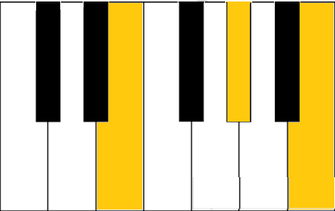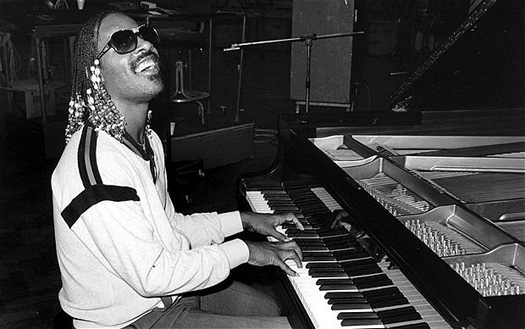For those who can't wait to hear and see the specific chord I'm talking about and learn how to play it, check out the video below. For those who don't want a fish but want to be taught how to fish, let's talk some theory.
At it's basics a minor 11 chord contains the notes of a minor 7 chord with some tensions added on. So if we are thinking in terms of a major scale, the 4 notes of a plain old minor 7 chord are the root (1), b3, 5, b7. For a Cminor7 chord that would be C, Eb, G, Bb. That covers the plain parts of the chord, but things start to get spicy when we add what are called chord tensions, typically the 9, 11, and 13. This chord uses the 9th and 11th and leaves out the 13th. If we are still talking Cminor7 that would be a D and an F. (Note: Remember 9th, 11th and 13th are just a fancy way of saying the 2nd, 4th, 6th, but that's for another article)
So here are the notes that make up our minor 11 chord: Root b3, 5, b7, 9, & 11, OR in C -- C, Eb, G, Bb, D, and F.
Notes are one thing, those are just the building blocks of the chord. Where it really starts to get interesting is the voicings, that is, the arrangement or order in which we play those notes.
In our left hand we play the Root, 5th, and 9th. This makes two stacked perfect fifths, a nice open sound. In the right hand, we play the b3, b7, and the 11. Guess what? Two more stacked perfect fifths. But here's where it gets juicy, when we put our hands together we get an interval between the top note of the left hand and the bottom note of the right hand -- a super crunchy minor 2nd. So we have a bunch of open sounding fifths and to contrast it we have the bite of the dissonant minor second. Now that's my kinda voicing. Check it out, I don't think you'll be disappointed.
Happy Shedding!




 RSS Feed
RSS Feed